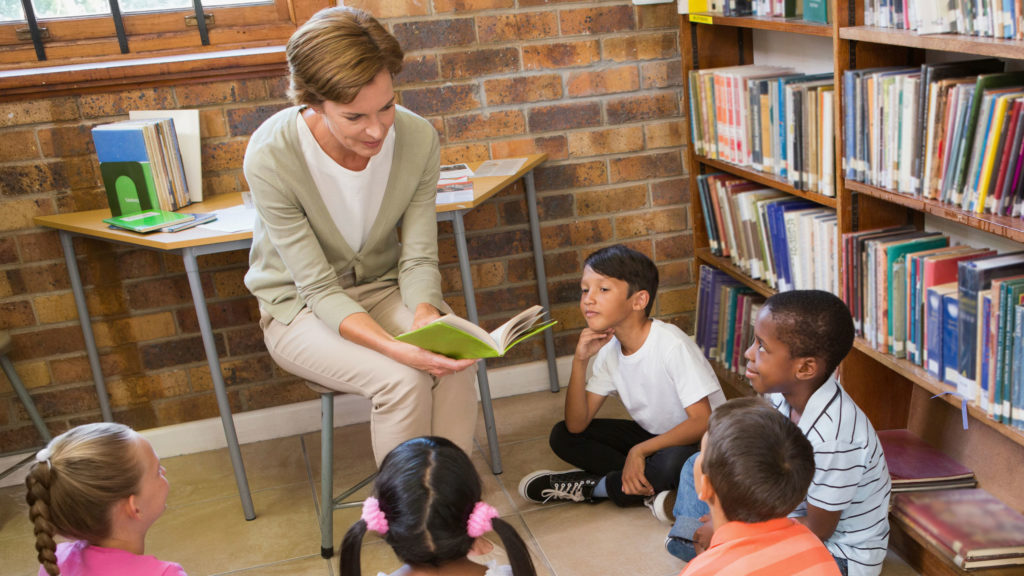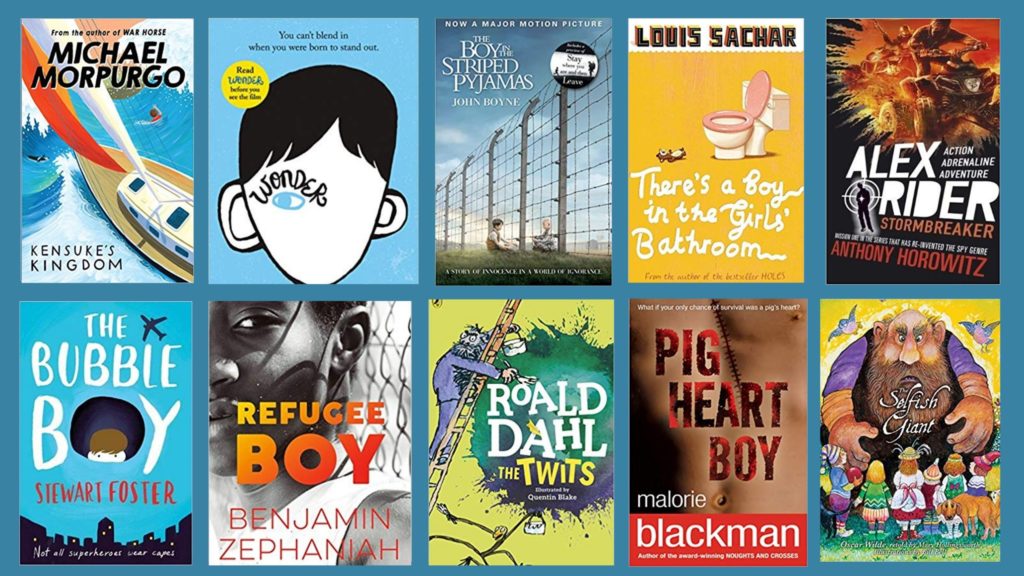How to manage your time when lesson planning

Trying to squeeze everything into a 50 minute lesson can feel impossible at times. Starter, main, dessert…I mean plenary…can feel like arbitrary sections to what could be a great lesson, if it were just allowed to flow from its natural beginning to end.
Budgeting our time is a core skill, so it’s very important to approach it with the correct mindset. If you are constantly thinking from a perspective of lack or less, then every decision you make, both in planning and in the process itself, may feel constrained, limited and inefficient.
Instead, we must try to think in terms of having plenty of time to achieve the required progress, then focus on the best use of that time.
For example, we’re often encouraged to ‘hook’ our students with something engaging and catchy at the start of a lesson. And so, we invest our energy and creativity coming up with catchy ideas and activities.
However, what I would argue is that it’s more important to allow for sufficient time for students to really get stuck into whatever main task we have created for them. If that means sacrificing that swanky starter for something more modest and time effective, so be it.
You must ‘kill your darlings’ as Faulkner said – cut away that which you don’t need to ensure the best experience possible.
It may feel like a waste of some good ideas, but ultimately if it means your students have more time focus on a single task, it should produce better results.

In the field of positive psychology, there is the popular concept of ‘flow’ or what is informally referred to as ‘being in the zone’.
In an educational utopia, every lesson would see children undertaking our choice of task voluntarily and feeling that it was worthwhile, but even arriving at something close to this is something to aspire to in our planning. Among the several conditions needed for optimum flow, which include making sure a task is suitably challenging (differentiation) and a removal of distractions (behaviour management) is allowing enough time to get into the required state that allows for this feeling of satisfying engagement.
To quote Mihaly Csikszentmihalyi,
“The best moments in our lives are not the passive, receptive, relaxing times… The best moments usually occur if a person’s body or mind is stretched to its limits in a (voluntary) effort to accomplish something difficult and worthwhile.”
Obviously then it makes sense to ensure there is plenty of ‘air’ around separate tasks is vital, along with transition times between activities as well.
So, when preparing lessons try this mindset; you have plenty of time to cover all that you hope and within that time, you’ll create a lesson that allows students to ‘flow’ through their learning. Good luck!








Responses